In a recent article, Nikkei Asia ( Japan ) cited data from the International Monetary Fund (IMF) saying that the forecast growth rate in 2023 in Asia was raised from 4.9% to 5.3%, 3 times higher than the US and 7 times higher than the Eurozone. Credit rating agency S&P Global Ratings also estimated that Asia- Pacific will achieve 4.2% growth this year.
“Asia will be the growth region,” Nikkei Asia stated, pointing out two long-term drivers that support the optimistic view.
First of all, according to Nikkei Asia, it is fiscal management experience. Asian economies have accumulated experience since the financial crisis at the end of the last century, so they have overcome the Covid-19 pandemic without leaving much serious damage.
Asian governments have responded quickly to the pandemic, taking decisive measures and finding ways to ensure public health and jobs in the economy. Therefore, the Asian Development Bank (ADB) assessed that the economic recovery in Asia is much stronger and faster than in the US and Europe .
Amid slowing global growth, the Russia-Ukraine conflict and sharp US interest rate hikes, Asian countries are working to build up foreign exchange reserves, control inflation and ensure that regional economies are not hit hard by deteriorating interest rates and exchange rates. Even as the US dollar has risen, most emerging Asian currencies have outperformed traditional currencies such as the yen and the euro. “Emerging Asian economies are leading the fight to keep inflation low,” said Jerome Haegeli, chief economist at Swiss Re.
On the other hand, Nikkei Asia asserted that agreements such as the Regional Comprehensive Economic Partnership (RCEP) or the Comprehensive and Progressive Agreement for Trans-Pacific Partnership (CPTPP) are “keys” to boosting regional economic recovery. US-China trade tensions and rising Asian consumer demand have created momentum for the global supply chain to shift and restructure.
In that context, agreements such as RCEP and CPTPP - two of the largest free trade agreements in the world today - will have the effect of increasing intra-Asian trade, optimizing the region's long-term growth potential, helping Asian economies converge into a cohesive economic model through the removal of trade barriers.
For many years, much of Asia’s developing world has taken advantage of low labor costs to tap export-led growth potential. This has attracted foreign direct investment flows from $34 billion in 1990 to $741 billion in 2021. In doing so, it has also enabled hundreds of millions of people to gain disposable income and move into the consumer class. RCEP and CPTPP will make the regional business environment more attractive.
The Brookings Institute (USA) estimates that the number of consumers in Asia will increase from 560 million in 2000 to about 3 billion in 2030, equivalent to 70% of the continent's population. Nikkei Asia said that international investors need to realize that instead of pouring money into production in Asia to export to other markets, they will focus on production in Asia for the Asian market.
VAN HIEU
Source










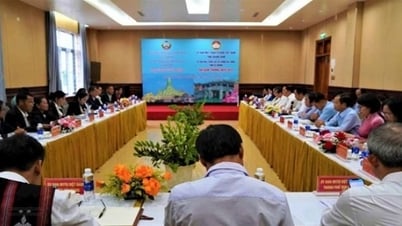
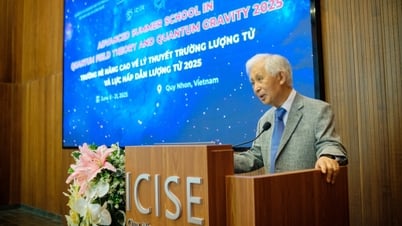
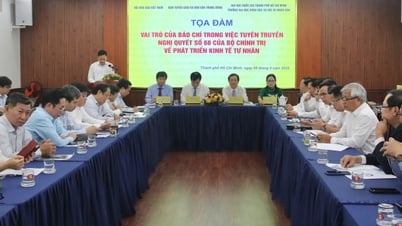
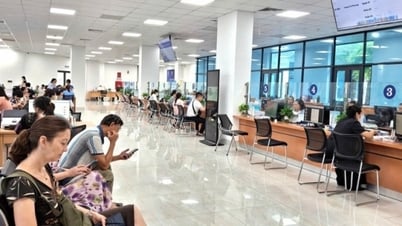







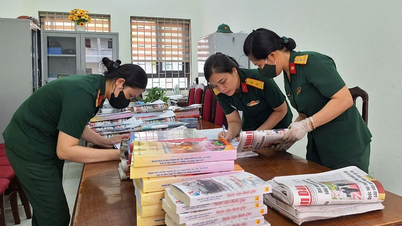





































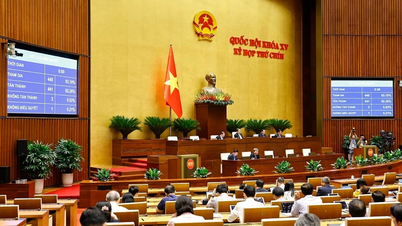






































Comment (0)